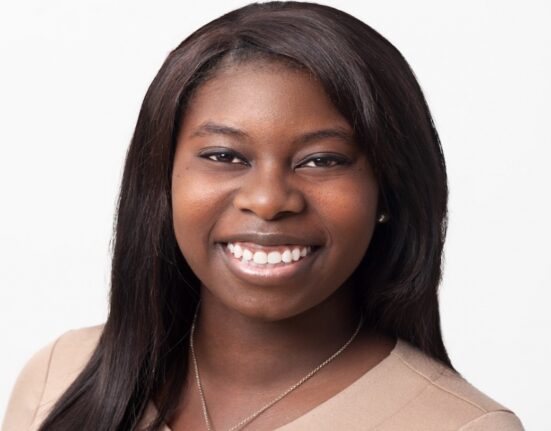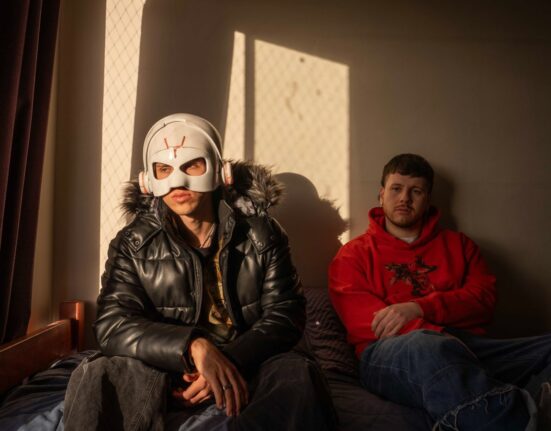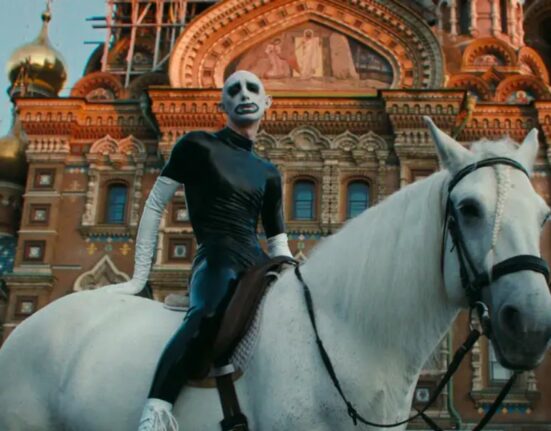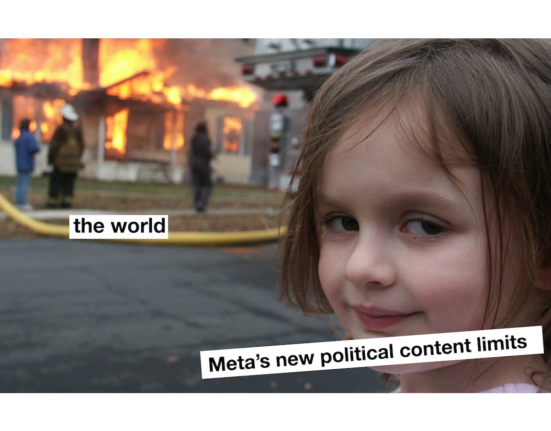Art fairs are vital for artists to sell their work as well as forge connections in the art world. But said art world is also notoriously opaque, with legacy fairs such as Art Basel and Frieze showcasing some of the most influential names on the planet.
So what of emerging and independent artists? There are corners of the industry carved out for them, allowing them a platform away from the towering competition. ‘Spaces for emerging artists are essential, offering visibility and connections to those that are often overlooked in favour of established, market-safe names,’ says John Russo, CEO of London-based Maddox Gallery. ‘Emerging artists bring the risk, energy and innovation that keeps the art world dynamic. Supporting them isn’t just essential, it’s a strategic investment in the future of art.’
Alternative art fairs can showcase experimental work and allow artists to connect with collectors, critics and curators hoping to unearth the ‘next big thing’. Russo advises these collectors to peruse smaller shows, ‘[engaging] directly with the artists to build meaningful connections’, which is exactly what these fairs allow attendees to do.
From the artists’ perspective, smaller or specialist art fairs mean the single most important thing: visibility. ‘Make yourself impossible to ignore,’ suggests Russo. ‘Regularly update your portfolio and engage with your audience. Persistence will keep you visible in a crowded art world.’ These fairs may also offer specific support to new artists in the form of programmes or promotion; a dedicated space for lower-priced art; and the ability to sell directly, meaning that gallery representation is not a prerequisite.
Read on to discover some of the best art fairs for emerging artists, which are paving the way for the next generation.
Affordable Art Fair
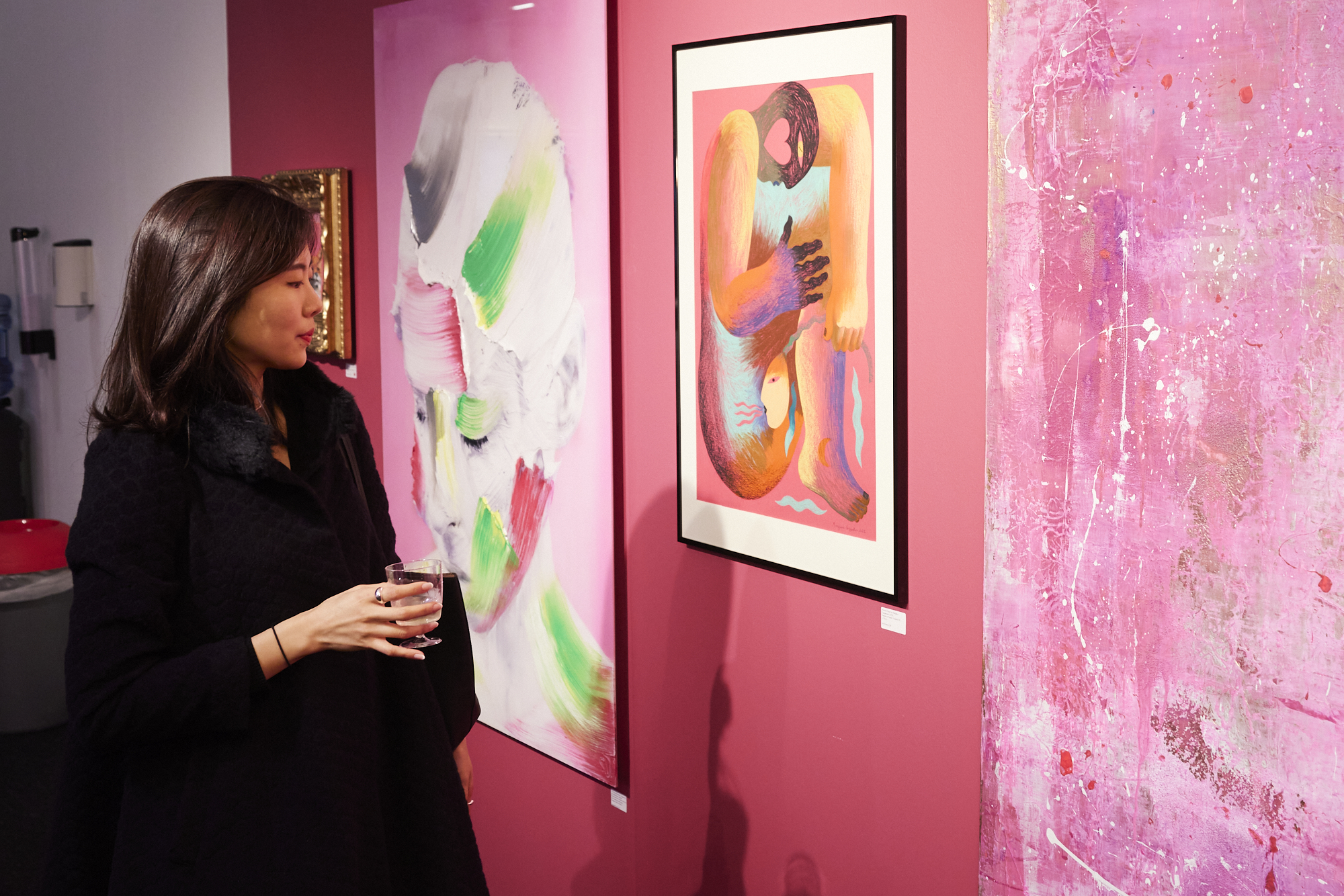
The Affordable Art Fair in Battersea, London
(Image credit: Affordable Art Fair)
There are multiple editions of the Affordable Art Fair held throughout the year at locations in 13 cities across the UK, Europe, the US, Australia and Asia, with nearly 220,000 attendees each year. The fair is driven by the idea that art should be accessible, with work available from £100. Although it showcases both established and emerging talents, the lower price point makes it a particularly attractive proposition for the latter, allowing smaller artists to build an audience without having to compete with those in higher-priced markets. The fair also allows artists to make direct sales, opening the door to those without gallery representation.
Art Space Art Fair
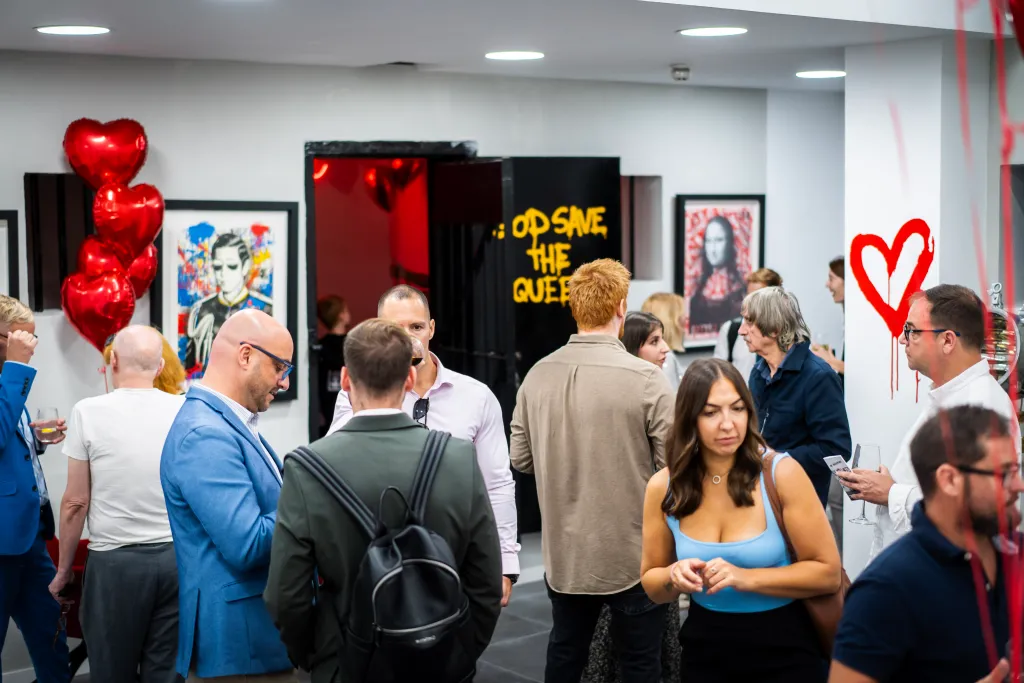
(Image credit: Art Space Art Fair)
Art Space Art Fair claims to be ‘reshaping the art world’ with an approach that puts artists first. Exhibiting in Monaco, London, Dubai and a handful of Spanish cities, the fair says that it ‘goes beyond the standard fare’ in ensuring that artists are property recognised and compensated, unlike traditional art fairs where ‘trade margins and industry conventions often take priority’.
The art here is alternative, challenging trends and convention, making it hospitable to artists that don’t fit the mainstream. As a result, Art Space Art Fair prides itself on ‘bringing fresh perspectives to the global art scene’, which attracts galleries, collectors and enthusiasts looking to discover new voices.
The Other Art Fair
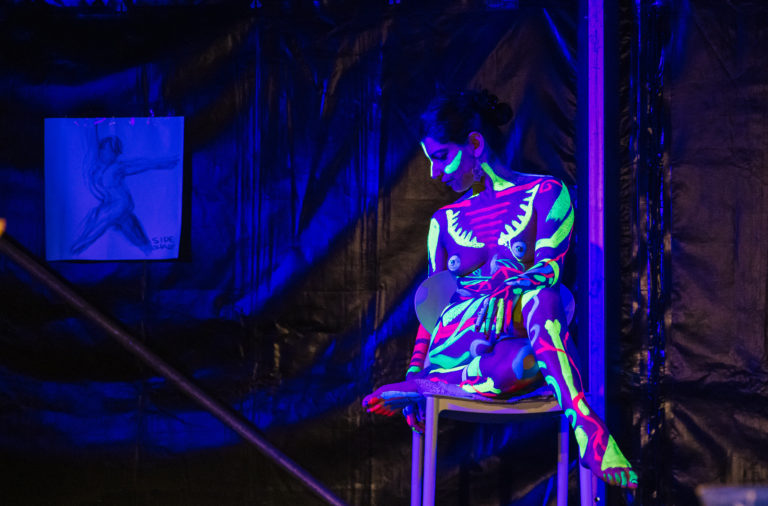
(Image credit: The Other Art Fair)
The Other Art Fair prides itself on being ‘bizarre, unexpected, and never normal’, exhibiting boundary-pushing, affordable art and creating an atmosphere where everyone ‘belongs’. This attracts under-the-radar artists, as does the fact that the fair facilitates direct sales to collectors, offering artists more control over their sales. The Other Art Fair also provides comprehensive support to artists, including fully-built booths and promotion through its platforms, and has a dedicated New Futures programme that lends extra support to first-time exhibitors.
The Other Art Fair has exhibited over 10,000 artists and 100,000 artworks across its seven cities of operation (Brooklyn, Chicago, Dallas, London, LA, Melbourne and Sydney). Each of the fairs is different, but all are united by a desire to make an art fair an experience, with DJs, bars, performances and the odd tattoo or taxidermy class thrown in.
SPRING/BREAK Art Show
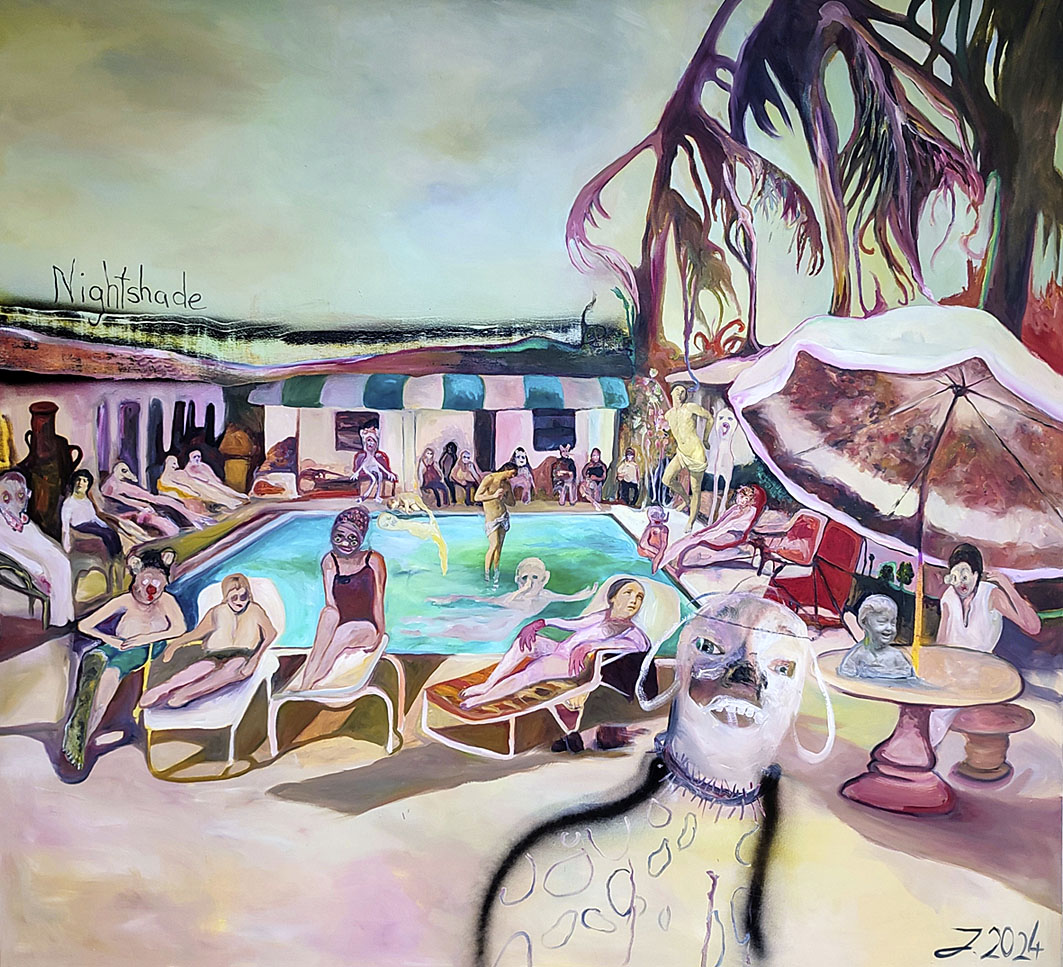
An artwork from the 2025 show: Juliane Hundertmark, Nightshade, 2024
(Image credit: Juliane Hundertmark)
SPRING/BREAK Art Show showcases untraditional art in unexpected environments, namely historically-significant spaces in New York and Los Angeles, like former schools, post offices and factories. These temporary galleries juxtapose with the contemporary art on display.
These exhibitions are either free or low-cost, ensuring that emerging artists are not priced out. SPRING/BREAK Art Show also has a curator-driven structure, which ensures a diverse range of artistic perspectives: artworks that address social and political issues, rather than simply catering to the demands of the market, are actively encouraged. The fair also helps the visibility of emerging artists by displaying all of the available artworks online.
New Artist Fair
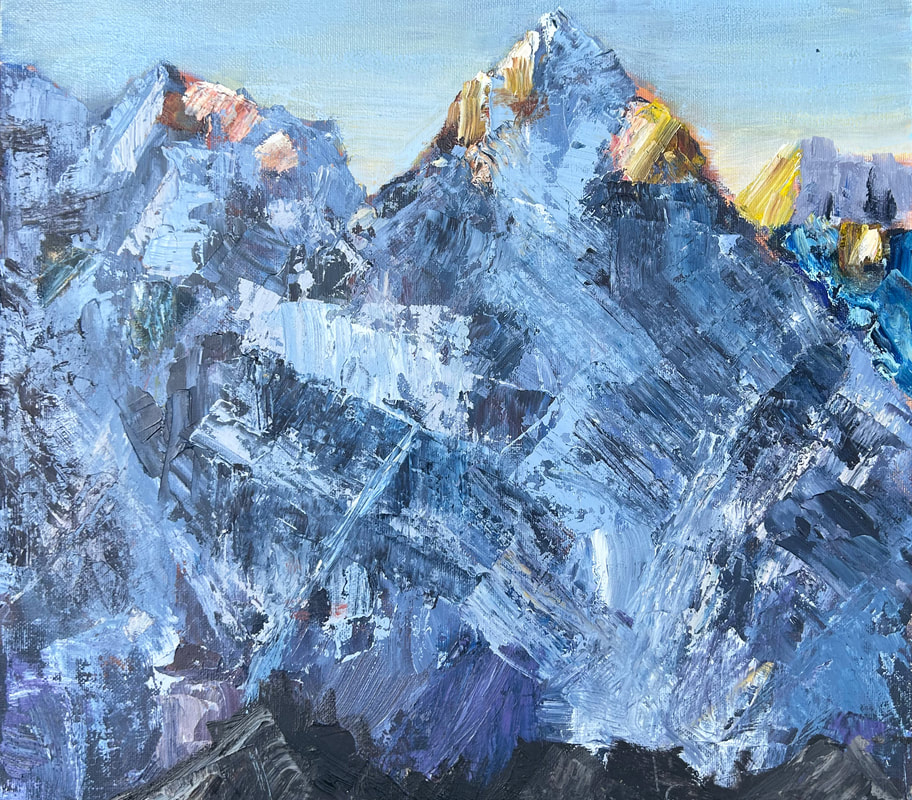
A painting by Agnieszka Lokaj exhibited in the 2024 edition of the New Artist Fair
(Image credit: Agnieszka Lokaj)
The New Artist Fair was established in London in 2011 and has since been exhibiting the work of recently-established and emerging artists from the UK and beyond. The fair, which takes place in east London’s Truman Brewery, is artist-run, allowing them control over how their art is promoted and sold. The fair provides plenty of support for artists, including information packs and promotional materials.
Again, the price point is entry-level, with work priced from £50 to £2,000, and artists sell their work directly to buyers. The low barrier to entry allows exhibitors to get their name out there, with many securing gallery representation after participating. The aim, says the fair, is to make buying and selling artwork easier and more cost-effective for both sides.


